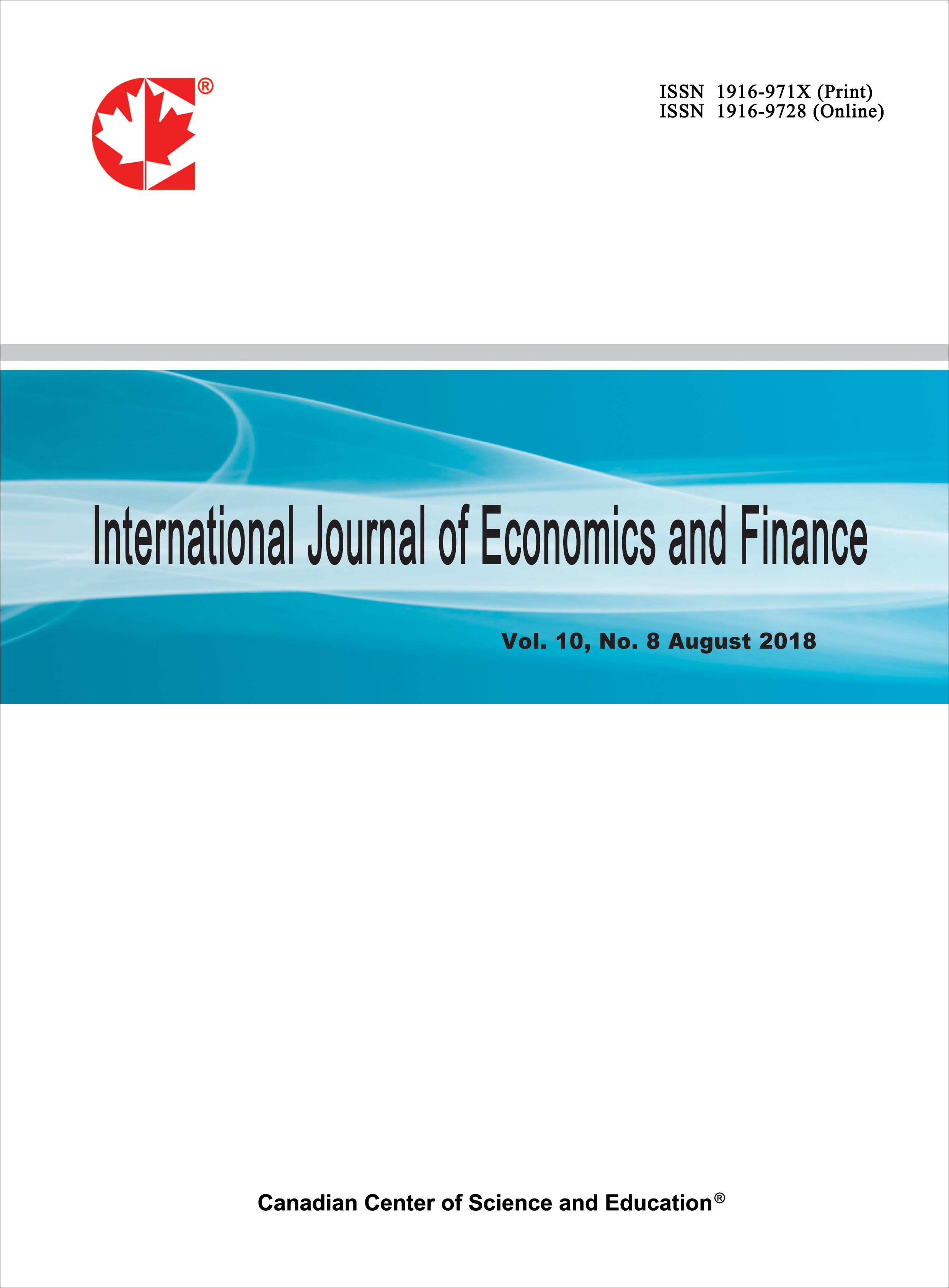Analyzing the Downside Risk of Exchange-Traded Funds: Do the Volatility Estimators Matter?
- Jying-Nan Wang
- Lu-Jui Chen
- Hung-Chun Liu
- Yuan-Teng Hsu
Abstract
This paper aims to propose the augmented GJR-GARCH (GJR-GARCHM) model that extends the GJR-GARCH model by comprising overnight returns volatility (ONV), daily high-low prices range (PK), and fear index (VIX) as explanatory variables for the GJR’s variance equation, respectively. The proposed models are used to estimate the daily value-at-risk values and evaluate their downside risk management performance for the SPDRs covering the period from 2009 to 2014. Empirical results show that the GJR-GARCHM model outperforms the GJR-GARCH model for most cases, suggesting that the GJR-GARCH-based VaR forecasts can be moderately improved with the additional information embodied in the ONV, PK and VIX volatility estimators. In addition, daily high-low prices range and VIX are far more informative than the overnight volatility estimator for improving the GJR-GARCH-based VaR forecasts. Risk managers can employ the proposed models for estimating and controling the potential loss of ETFs in the face of financial catastrophes.
 PDF
PDF
